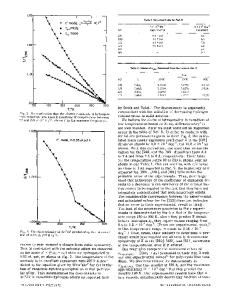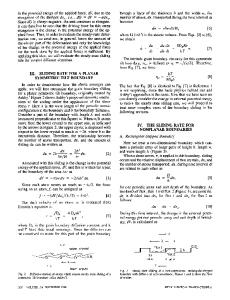A reexamination of the tendering profit anomaly
- PDF / 720,831 Bytes
- 27 Pages / 439.37 x 666.142 pts Page_size
- 45 Downloads / 502 Views
A reexamination of the tendering profit anomaly Palani‑Rajan Kadapakkam1 · Hongxian Zhang2 · Sinan Yildirim3
© Springer Science+Business Media, LLC, part of Springer Nature 2020
Abstract Lakonishok and Vermaelen (J Financ 45:455–477, 1990) and Peyer and Vermaelen (Rev Financ Stud 22:1693–1745, 2009) document profits of around 9% from participating in stock repurchase tender offers during the 1962–1986 and 1987–2001 periods, respectively. The persistence of such large profits over a short trading horizon constitutes a striking anomaly in financial markets. Given the rise of event-driven hedge funds, we reexamine this strategy in recent years (2000–2015) and find that abnormal profits from tendering have disappeared. Examining a sample of closed-end fund repurchase tender offers during the same period, we find abnormal tendering profits of around 0.5%. However, these profits are no longer significant after adjustments for transaction costs. Keywords Tender offer repurchases · Market efficiency · Closed-end funds · Tendering profits JEL Classifications G1 · G14 · G34
1 Introduction To allocate capital efficiently, it is crucial that financial markets correctly assess future payoffs and risks, and provide reasonable valuations of the financial instruments employed by issuers to raise capital. The periodic financial upheavals (Internet bubble, sub-prime credit crisis, etc.) generate considerable skepticism about the valuation prowess of financial * Hongxian Zhang [email protected] Palani‑Rajan Kadapakkam [email protected] Sinan Yildirim [email protected] 1
College of Business, University of Texas at San Antonio, One UTSA Circle, San Antonio, TX 78249, USA
2
College of Arts, Sciences, and Business, Missouri University of Science and Technology, Rolla, MO 65409, USA
3
School of Business Administration, Texas Wesleyan University, 1201 Wesleyan St, Fort Worth, TX 46105, USA
13
Vol.:(0123456789)
P.-R. Kadapakkam et al.
markets. While hindsight always provides clarity, it is difficult to gauge whether, at the time of valuation, financial markets adequately reflect existing information about payoffs in the distant future. It is easier to evaluate whether markets can assess payoffs over a short horizon. For instance, Mitchell and Pulvino (2001), and Baker and Savasoglu (2002) assess whether arbitragers force stock prices to reflect the payoffs available to target shareholders in corporate mergers. Lakonishok and Vermaelen (1990) analyze fixed-price stock repurchase tender offers during 1962–1986 and report perhaps the most startling piece of evidence on the mispricing of short-term payoffs. They examine the profits to a trading strategy of buying shares a day before offer expiration and tendering them; any shares not accepted in the repurchase offer are sold at the market price 2 days after offer expiration. Over this short trading horizon of a few days, they document tendering profits of 9.46%. When they analyze sub-periods, they find that profits increased to 11.6% during the sub-period
Data Loading...











